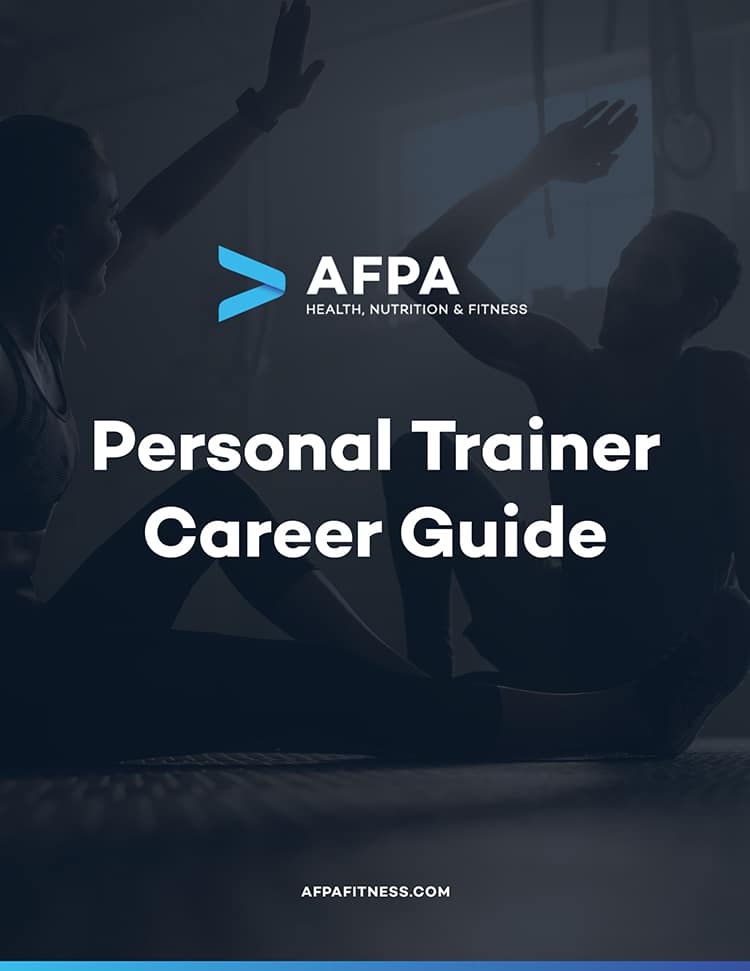At some point in your personal training career you may encounter the opportunity to train overweight or obese clients. If you are seasoned personal trainer or a newbie to personal training, you may find these tips for training overweight clients helpful!
Weight problems may be related to medical conditions or it may simply be that there is an over-consumption of food. Your success and theirs will require the recognition that diet plays a crucial role and that the client must change their diet. Discussing a no nonsense, no fad simple nutrition plan will encourage their compliance to their new exercise program.
Select a Non-Intimidating Exercise Environment
A private, large space the best for training overweight clients (ideally a place somewhat closed off from the rest of the gym). Outdoors is also another great option is that is available. Lots of room to move is the key to your client feeling comfort which all leads to compliance!
Avoid Exercise Machines and Train Clients with Body Weight Exercises
Most machines are not made for an obese person – too small, not wide enough, hard to get in and out of etc… Stick with simple body weight exercises like Squats, Step ups, Kettle Bell Deadlifts, Overhead press, Wall push ups, Standing cable rowing movements, Woodchop, etc.
Smart and effective compound exercise choices will increase confidence.
Learn How to Become a Certified Personal Trainer Online in Less Than 6 Months

Avoid Uncomfortable Exercise Positions
Overweight or obese people have a more difficult time getting into, out of, up from and down to the floor and machines. So avoid all these scenarios and avoid the floor. Use a bench instead of the floor.
Low Impact Cardio Good, High Impact Cardio Bad
Just a reminder, keep all your cardio activity low impact like fast walking, swimming, hiking hills, and boxing and stay away from the high impact exercises like running, jumping, and plyometrics. Low impact will help to avoid any potential injury and balance issues.
Circuits Keep it Interesting & Fresh
Circuit training keeps your client moving and interested in what is coming next. Adding different movements, and not doing the same movements all the time helps to avoid boredom and overuse. Mix it up, just keep them moving with pushing, pulling, squats, drills, carries, boxing and short bouts of walking, treadmill and hills.
In conclusion, after you have the Dr. approval, use common sense and keep things simple and basic; keep them constantly moving during your session; keep it challenging; and provide a comfortable environment that is motivating.



